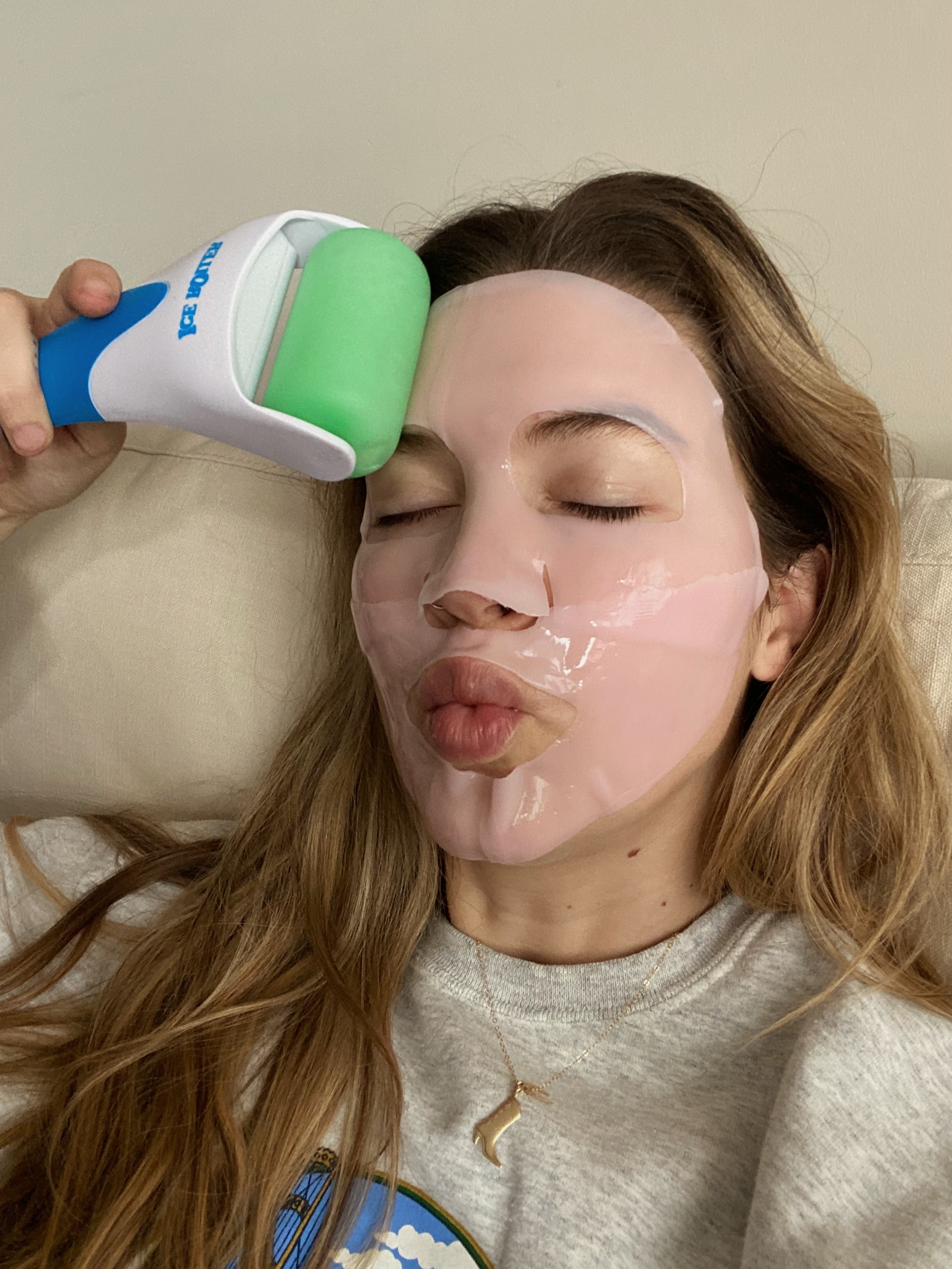Wellness culture! It’s almost everywhere you turn these days, from Instagram feeds filled with green smoothies to ads promising the secret to eternal youth and happiness.
But let’s take a step back and ask: Can these things really deliver everything they promise?
What is Wellness, Anyway?
Wellness culture encapsulates a broad range of practices and products, from yoga and meditation to supplements and self-care routines, all geared towards enhancing one’s health and wellbeing. It’s a holistic approach, often touted as the pathway to a healthier, more fulfilled life.
The Appeal of Wellness
The allure of wellness culture is undeniable. Who wouldn’t want to feel better, look better, and live a longer, healthier life? The promises of improved mental clarity, reduced stress, and a more vibrant physical presence can be incredibly enticing. It’s this promise of a “better you” that keeps the wellness industry thriving.
The Good in Wellness
Proven Benefits
Indeed, there are aspects of wellness culture that have shown real, tangible benefits. Regular physical activity, mindful meditation, and balanced diets are all supported by a plethora of research pointing to their positive effects on our physical and mental health.
Mental and Physical Harmony
These practices can lead to significant improvements in stress management, emotional stability, and overall physical health. For many, routines like morning yoga or a daily meditation can be life-changing, fostering a sense of peace and balance.
Limitations of Wellness Culture
Wellness Isn’t a Panacea
However, it’s crucial to recognize that wellness isn’t a magic bullet. While these practices can enhance your life, they are not cure-alls. Serious health issues require medical intervention and professional advice, something wellness culture often glosses over.
The Risk of Overemphasis
There’s a risk in over-prioritizing wellness practices at the expense of medical guidance. For example, choosing essential oils over antibiotics for a bacterial infection can have serious health consequences. It’s important to maintain a balanced perspective on what wellness can and cannot do.
The Commercialization of Wellness
A Lucrative Industry
Wellness has become a multi-billion dollar industry. From high-priced yoga classes to costly organic foods, the market is saturated with products and services that promise health and happiness but often at a steep price.
Distorting the True Benefits
This commercial aspect can sometimes lead to misinformation and exploitation. The emphasis on profit over genuine health benefits can dilute the true essence of what wellness should be about: genuine health improvements and accessible practices for everyone.
Other Essential Factors of Health
The Role of Genetics
Your genetic makeup plays a critical role in your health, often determining predispositions to certain conditions that no amount of yoga or herbal supplements can alter. Understanding this can help us set realistic expectations about what wellness practices can achieve.
Socioeconomic Factors
Access to healthcare, socioeconomic status, and even where you live can have profound impacts on your health. These are often overlooked in the glossy brochures of wellness retreats.
A balanced diet and regular exercise are beneficial, but they don’t erase the health impacts of living in a polluted city or facing economic hardships.
Balanced Approach to Health and Wellbeing
Combining Wellness with Science
While embracing wellness practices, it’s essential to integrate them with evidence-based medical science. This means not just following the latest wellness trends but consulting healthcare professionals and considering medical treatments when necessary.
Tailoring to Individual Needs
What works for one person may not work for another, which is why a personalized approach to health is crucial. Integrating wellness practices should be about enhancing your life based on your unique needs and conditions, rather than following a one-size-fits-all regimen.
Wellness culture offers many tools that can enhance our lives, but it’s not a standalone solution. By understanding its limitations and integrating it wisely with other health practices and medical advice, we can approach our health holistically and realistically.
Remember, the goal is a balanced, healthy life that acknowledges all facets of health, not just those highlighted by the latest trends.
















